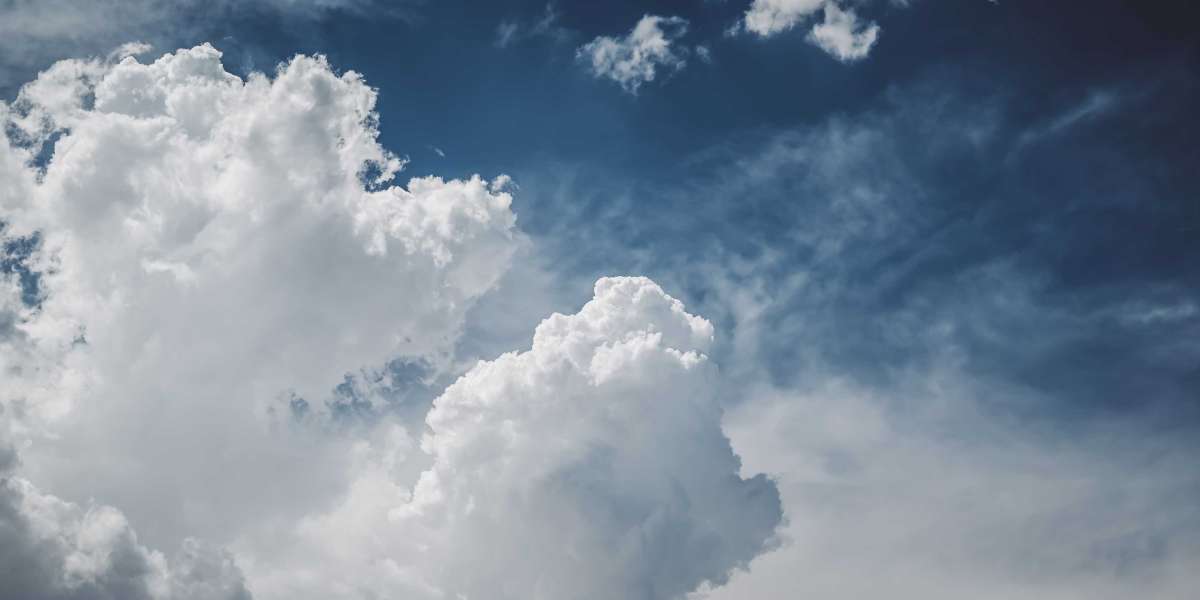Exterior Wood Cladding Trends to Watch in 2025
Exterior wood cladding exudes an aura of timeless elegance, merging the natural beauty of wood with architectural sophistication. As designs in 2025 evolve and the focus on sustainable, stylish, and functional building materials continues, wood cladding is undergoing a renaissance full of finishes, patterns, and innovative uses that push the envelopes of aesthetics and performance.
Keeping abreast of these trends can allow architects, builders, and homeowners engaged in renovation or new construction to make inspired decisions based on knowledge and experience. Let's take a look at the most important exterior wood cladding trends to watch in 2025.
1. Thermally Modified Wood on the Rise
Thermally modified wood is here to stay in 2025. A method by which the wood is heated in a controlled environment, thus reducing moisture content and increasing decay resistance, insect attacks, and weathering is a process that strengthens the durability and stability of woods. The best part: No chemicals are used.
Thermally modified species like ash, pine, and spruce have gained popularity, appreciated by designers for their eye-catching deep caramel tones and smooth grain while greenies appreciate it for its environmental credentials. This low-maintenance, high-performance finish will be receiving more ceremonial embraces from buildings in the near future.
2.Charred Wood (Shou Sugi Ban) with a Modern Twist
The Japanese tradition of burning logs for preservation, known as Shou Sugi Ban, keeps undergoing modern updates. Once upon a time, fire was simply an art of wood preservation; today, charred wood has become one engaging style statement. Come 2025, we'll see wood-blackened through the fires of Shou-Sugi-Ban being replaced by love for more subtle finishes—charcoal greys, bronze-tinged blacks, and some even allowing a tad of partial unburnt wood for luster.
Homeowners incorporate charred wood siding with cool steels and glass to build a look that is superbly dramatic yet balanced-a contrast of traditional and modern.
3. Mixed Width and Asymmetrical Profiles
Uniform planks are being replaced with dynamic configurations. Mixed-width boards and asymmetrical patterns are now trending in order for the designers to add texture and rhythm to façades; this approach not only creates visual interest but also breaks up the monotony of flat repetitive surfaces.
Using combinations of narrow and wide planks or perhaps different slatting options along with altering depths gives buildings a fresh, contemporary air. It's a subtle-effective way of making a strong statement that doesn't stray from the natural can't-go-wrong look of wood.
4. Sustainability and FSC-Certified Woods
As the new agenda goes for resolute environmentalism, so does the demand for wood sourced from eco-friendly forestry. Forest Stewardship Council (FSC) certification comes now as the golden standard-whose very name reassures consumers and builders alike that the wood comes from responsible forest management.
5. Prefinished and Maintenance-Friendly Cladding
Perhaps one of the biggest external wood-cladding headaches has been maintenance. More manufacturers now offer prefinished cladding, stained, sealed, and ready for installation. These finishes are engineered to withstand UV rays, moisture, and wear for many years, drastically reducing maintenance.
Also taking root now are systems that utilize hidden fasteners and interlocking profiles, allowing for cleaner, quick installations—equally pleasing to pros and do-it-yourselfers.
6. Weathering in Time as Design Form
Some homeowners keep their woods in their original tones, while others are welcoming the natural weathering. The likes of cedar and larch will age well into silver-gray and integrate into our language of aging-and-lived elegance.
Designers in 2025 choose woods and finishes in anticipation of this weathering look and encourage rather than fight the aging. Such an approach is nature-based and highly cost-effective.
7. Vertical Cladding in Spotlight
Horizontal wood cladding may be traditional; vertical is being revitalized. Vertical lines impart a soaring elegance to the building, attracting the eye upward, providing a decidedly sleek and contemporary feel.
In particular, vertical batten cladding streets ahead, often minimally detailed and inspired by Scandinavian aesthetics with darker finishes. It works great either as a full facade or for accent areas such as entries or garden walls.
8. Integrated Lighting and Cladding Features
As the world of smart home technologies keeps changing, architects have found amazing opportunities to integrate lighting within cladding systems. From recessed LED strips to backlit wood panels or spotlight-ready battens, façades will now serve as both functional and artistic space.
In 2025, outdoor wood cladding will not only serve as just a finish-it will also Inflamed provide ambience at night and safety lighting.
9. Hybrid Cladding Mixes
More often than not, wood is joined with another contrasting material-metal, concrete, stone-to create hybrid exteriors that are endowed with character and charm. The two textures fused allow for an aesthetically customizable approach and make every project unique.
Expect more contrasting warm timber with harshly industrial materials as a go-ahead for a winning balance for a cohesive build that's slightly out there.
Final Thoughts
2025 is set to be a year of great innovations, brilliant aesthetics, and sustainability for exterior wood cladding. With interest in eco-conscious designs and high-performance materials increasing, wood remains one of the favorites for its warmth, versatility, and timeless charm.
Be it mainstream and simplistic or rustic and traditional versus avant-garde-there is a wood cladding trend that could match your heart's desires for enhancement on all your future projects. Allow yourself to dream, discover, keep inspired, and let the grain lead.


